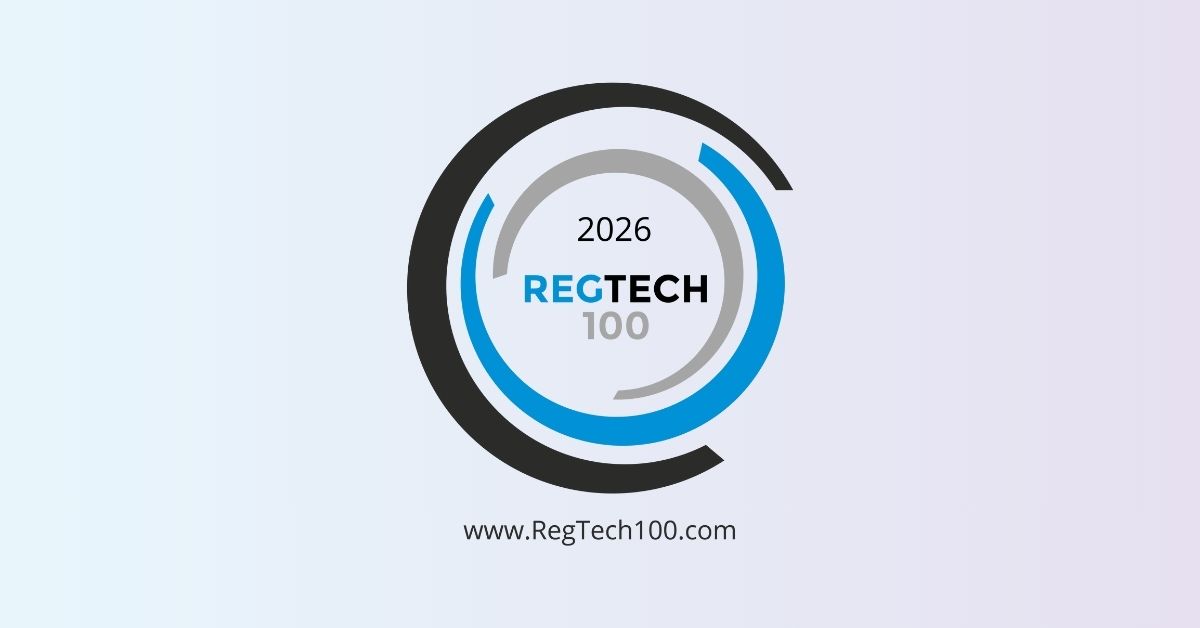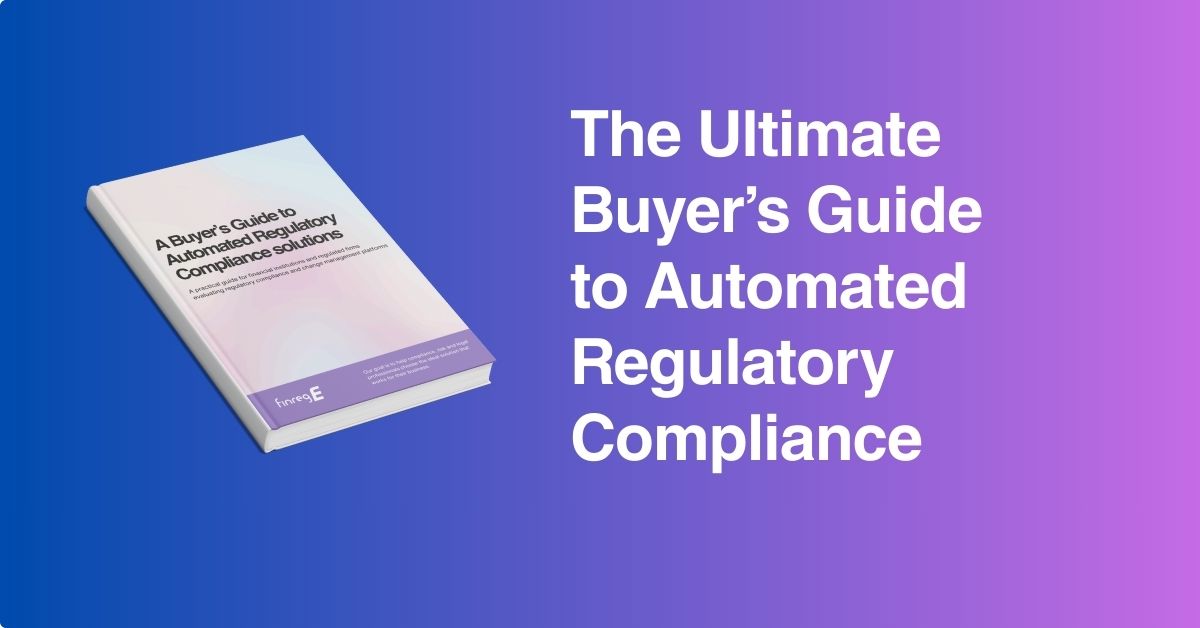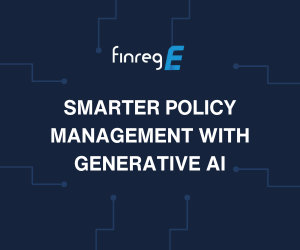In a world where regulations are interconnected, understanding and aligning with regulatory requirements for credit risk management is critical—particularly for global organizations striving to harmonize their credit processes across jurisdictions. Despite harmonisation of Basel III credit risk regulatory requirements across countries, Credit risk prudential regulations still have differences from one country to another, creating challenges for multinational financial institutions to ensure consistency while remaining compliant.
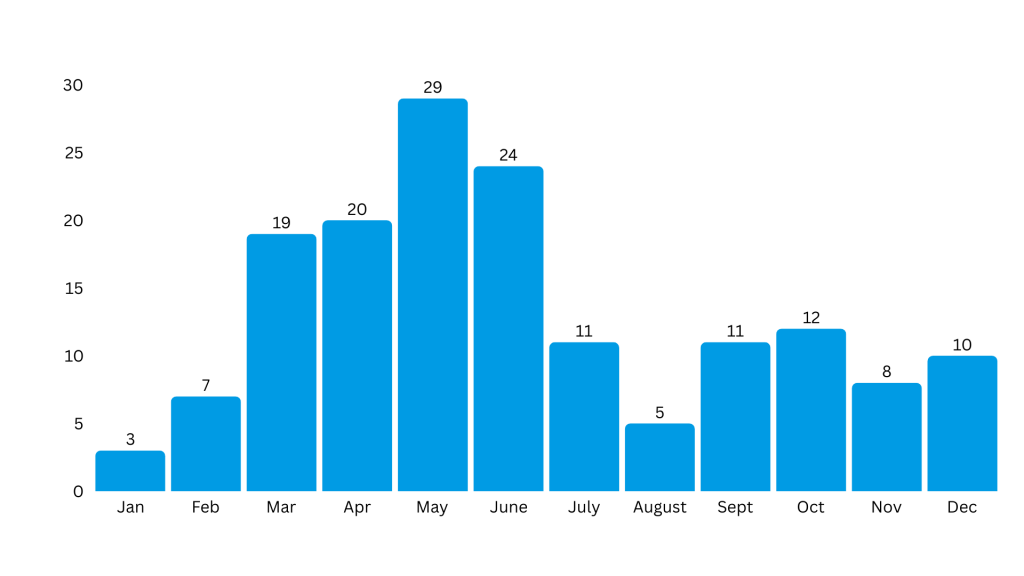
For instance, in the United States, the Dodd-Frank Act and regulations from the Federal Reserve emphasize stress testing and stringent risk-based capital requirements. In contrast, European Union regulations under the Capital Requirements Directive (CRD V) and the European Banking Authority (EBA) guidelines focus on aligning credit risk practices with sustainability objectives and detailed reporting standards.
Meanwhile, Singapore, under the Monetary Authority of Singapore (MAS), has a regulatory framework that emphasizes strong governance and forward-looking provisions for expected credit losses under the MAS Notice 612, which aligns with IFRS 9. In Australia, the Australian Prudential Regulation Authority (APRA) places a strong emphasis on lending standards and mortgage risk, shaped by the unique characteristics of the housing market. China, governed by the China Banking and Insurance Regulatory Commission (CBIRC), takes a state-driven approach with strict credit allocation policies to support economic growth, leading to unique credit risk frameworks.
These variations require multinational institutions to navigate a complex web of regulatory expectations while ensuring their credit risk frameworks are robust, compliant, and harmonized.
Key Challenges in Understanding and Standardizing Credit Risk Management Rules
Manual data processing, varying data formats, and disparate systems often result in inconsistencies that can impact meeting regulatory expectations in rules . Further complicating matters, different departments may interpret credit risk requirements differently, leading to inconsistencies in assumptions, judgments and interpretations applied to regulatory requirements, which are often not documented and evidenced appropriately.
Understanding and adhering to regulatory requirements is critical for financial institutions to avoid substantial fines and reputational damage, as evidenced by several high-profile cases.
- PRA imposed a record £87 million fine on a leading banking and asset management firm in 2023 for serious risk management and governance failures between January 2020 and March 2021.
- The FCA and PRA fined a leading global investment banking firm £96.6 million for risk management failures in 2020
- A US Bank was fined $135.6 million in 2023 by U.S. banking regulators, including the Federal Reserve and the Office of the Comptroller of the Currency, for failing to fully address longstanding issues in risk control and data quality management.
- The Office of the Comptroller of the Currency (OCC) fined a US Bank $85 million for risk management inadequacies.
These cases highlight the urgent need for robust compliance frameworks and proactive risk management systems to navigate the complexities of evolving regulatory requirements, mitigate financial risks, and avoid operational disruptions.
FinregE’s Comprehensive Approach to Credit Risk Prudential Regulation Compliance
FinregE is designed to transform compliance and risk management workflows by combining automation, real-time regulatory intelligence, and a unified compliance framework. Here’s a detailed look at how FinregE’s capabilities empower institutions to streamline credit risk management with confidence:
Regulatory Insights Generator (RIG)
RIG acts as an AI-powered compliance expert, designed to distil complex credit risk regulatory requirements into clear, actionable insights. By leveraging advanced natural language processing and machine learning, RIG analyses regulatory texts in real time, extracting critical obligations and compliance requirements with precision. This empowers credit teams to effortlessly integrate compliance into their credit risk workflows, eliminating the need for manual interpretation of intricate regulations. With RIG, organizations can streamline compliance processes, ensure regulatory alignment, and enhance the accuracy of credit risk models.
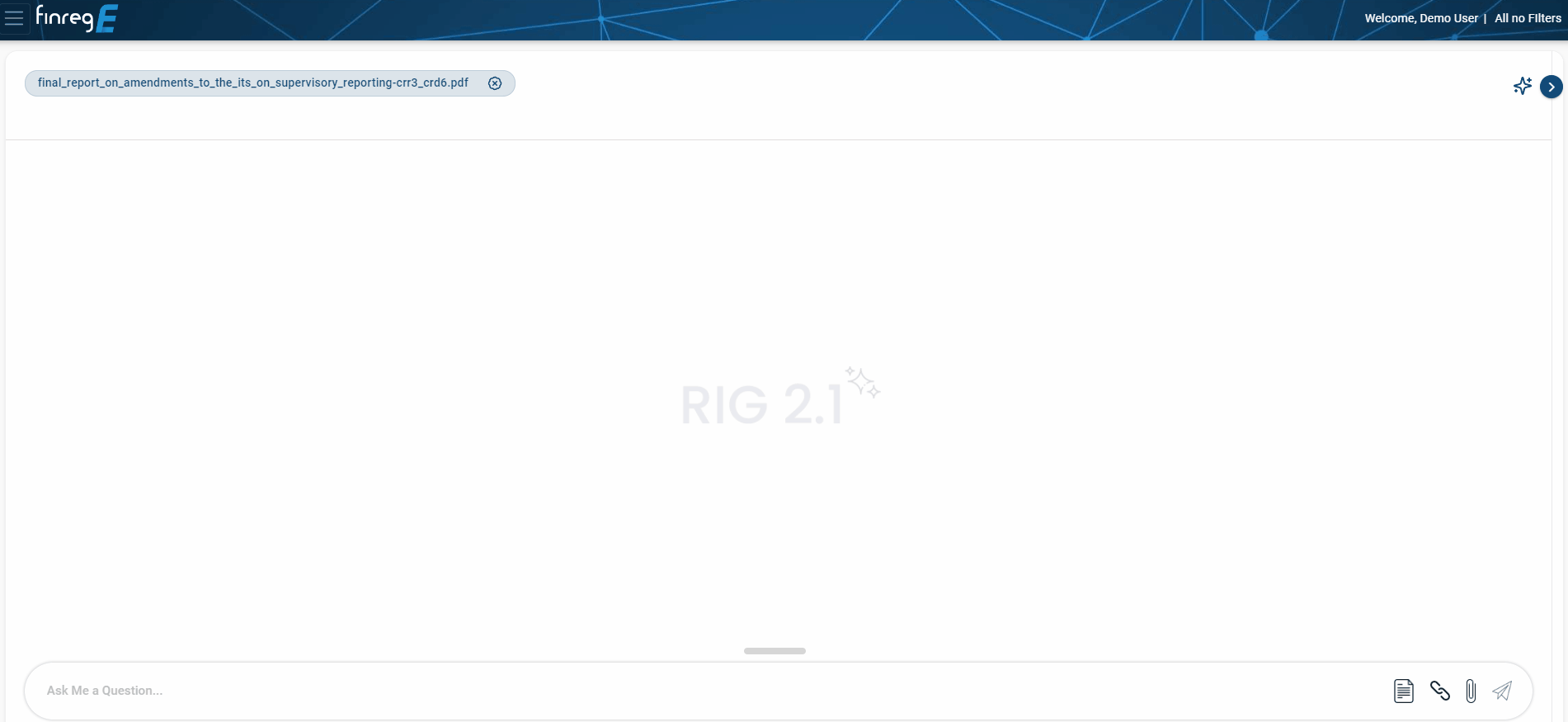
Machine-Readable Rule Libraries
FinregE offers a unified platform that centralizes and cross-references global credit risk regulatory obligations, providing a comprehensive understanding of jurisdiction-specific rules and highlighting key differences across regions. This empowers organizations to harmonize their credit processes while navigating the complexities of multi-jurisdictional compliance.
By seamlessly linking regulatory requirements to reporting instructions, FinregE ensures clear traceability, enabling institutions to identify exactly what needs to be reported and why. Its advanced tools make regulatory obligations straightforward by converting complex rules into structured, machine-readable formats. This approach not only reduces the burden of manual interpretation but also keeps compliance frameworks and credit risk models up to date with evolving global standards, fostering accuracy, consistency, and operational efficiency.
FinregE Compliance SIF Attestation Workflows
FinregE’s SIF attestation workflows are specifically designed to streamline the attestation of model risk management and compliance with internal model rules. These workflows enable institutions to customize and align their compliance processes with regulatory and internal requirements, ensuring seamless adherence to standards.
By automating traditionally manual and resource-intensive tasks, such as regulatory horizon scanning, impact assessments, and self-attestations, FinregE empowers organizations to efficiently manage compliance obligations. The platform provides real-time tracking of regulatory changes and supports the timely completion of attestation tasks, reducing operational burdens and ensuring a robust approach to model risk management and compliance.
Comprehensive Dashboards and Real-Time Monitoring
FinregE’s dashboards offer a comprehensive and actionable view of compliance and reporting gaps, providing clarity on what needs to be addressed, what actions are underway, and who is responsible for each task. These dashboards are designed to give organizations the tools to track progress on resolving compliance issues and ensure accountability across teams.
By offering real-time visibility into compliance activities, the dashboards help institutions stay on top of regulatory obligations and prepare precise, accurate responses for regulators. This centralized, transparent approach ensures that gaps are identified and resolved effectively, enabling organizations to provide regulators with the right answers, supported by a clear audit trail of actions taken.
Comprehensive Lineage and Data Integration:
FinregE seamlessly connects every element of the compliance process—starting from internal policies, tracking regulatory changes, mapping regulations to obligations, and linking actions to identified gaps. This end-to-end lineage ensures a clear, transparent, and integrated framework for managing compliance and risk.
By providing full visibility across policies, regulations, and obligations, the platform enables organizations to pinpoint gaps, take corrective action, and maintain alignment with evolving regulatory requirements. This holistic approach enhances consistency, accountability, and decision-making in credit risk and compliance operations.
The Future of Credit Risk Management with Generative AI and FinregE
FinregE’s advanced compliance automation platform provides a revolutionary approach to credit risk management. By automating complex workflows, harmonizing diverse data sources, and integrating real-time regulatory updates, FinregE empowers institutions to overcome traditional credit risk challenges. FinregE’s solutions streamline credit staging and regulatory compliance, enabling credit teams to make faster, more informed, and more compliant credit decisions.
As financial institutions continue to navigate a rapidly evolving regulatory landscape, tools like FinregE are invaluable in ensuring credit risk management is efficient, consistent, and resilient. With a forward-looking approach to AI-driven compliance, FinregE is helping institutions build a more robust and adaptive credit risk framework, paving the way for more reliable and strategic credit operations. Book a demo today.

